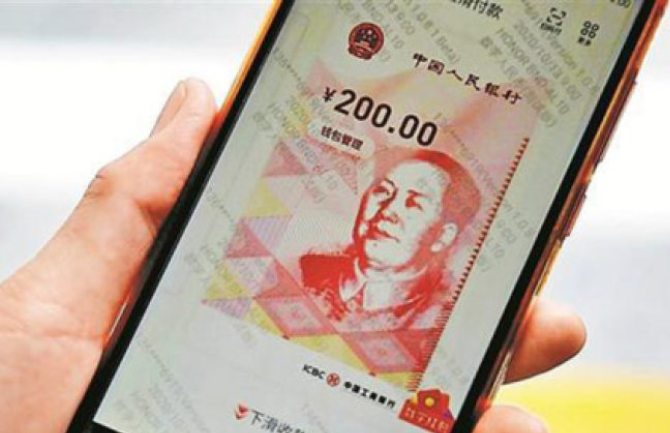
In recent years, China's digital yuan, or e - CNY, has emerged as a revolutionary force in the global financial landscape, particularly in the context of cross - border trade. Its pilot applications in Belt and Road Initiative (BRI) countries are not only transforming the way transactions are conducted but also challenging the long - standing dominance of the U.S. dollar.
The e - CNY has been actively piloted in various BRI countries. In Pakistan, for example, the digital yuan is being tested in cross - border trade settlements. Chinese companies operating in Pakistan can now use e - CNY to pay for local goods and services, simplifying the payment process. This is significant as traditional cross - border transactions often involve multiple intermediaries, high transaction costs, and long settlement times. With e - CNY, transactions can be completed in real - time, reducing the overall cost of doing business.
In the United Arab Emirates (UAE), the digital yuan has been used in oil trade settlement pilots. This is a strategic move as the oil market has long been dominated by the U.S. dollar. The use of e - CNY in this sector allows for more direct and efficient transactions between China and the UAE. It also provides an alternative to the dollar - denominated transactions, which are subject to the complex global financial system controlled by the United States.

The implementation of e - CNY in BRI countries also promotes financial inclusion. Many regions along the Belt and Road suffer from restricted accessibility to conventional banking services. Digital yuan, being a digital currency, can be accessed via mobile devices, making it easier for small and medium - sized enterprises (SMEs) and individuals in these areas to participate in cross - border trade. For instance, in some Southeast Asian BRI countries, fishermen and small - scale farmers can now receive payments from Chinese importers in e - CNY, which they can then use to purchase necessary supplies or invest in their businesses.

Moreover, the e - CNY is supported by advanced technologies such as blockchain, which ensures the security and transparency of transactions. This plays a pivotal role in cross-border trade, where trust frequently emerges as a paramount concern. The immutable nature of blockchain technology makes it difficult for transactions to be tampered with, giving both Chinese and BRI country traders peace of mind.
However, the widespread adoption of e - CNY in BRI countries is not without challenges. Concerns persist regarding regulatory interoperability, given that nations exhibit divergent financial regulatory frameworks.Also, the need for digital infrastructure development in some regions is a hurdle, as a stable internet connection and digital payment systems are prerequisites for using e - CNY.
In conclusion, the pilot applications of China's digital yuan in BRI countries are gradually reshaping cross - border trade. By providing a more efficient, cost - effective, and inclusive payment option, e - CNY is not only enhancing trade relations between China and these countries but also posing a potential long - term challenge to the U.S. dollar's dominance in international trade. As the digital yuan continues to evolve and overcome the existing challenges, its impact on the global financial order is likely to grow significantly.






